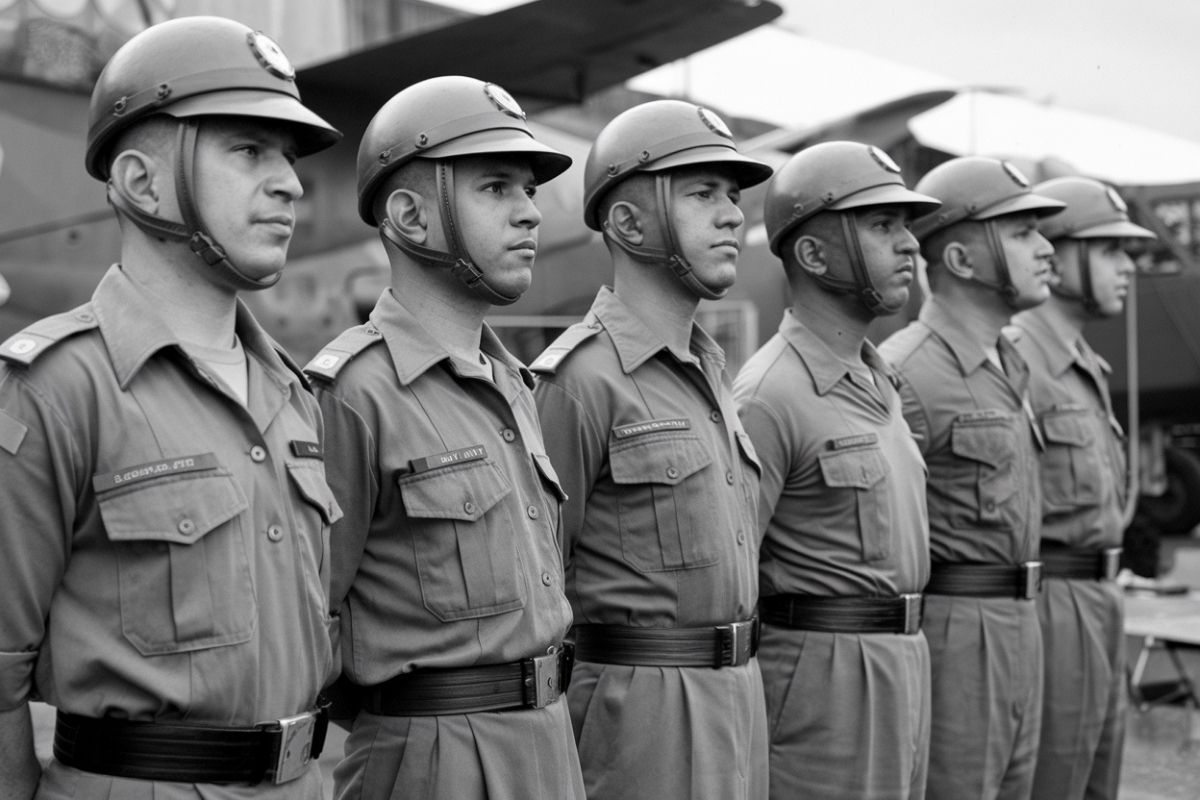
What sparked the Rebellion of the Pilots? The Rebellion of the Pilots began due to unfair treatment and harsh conditions imposed by airline companies. Pilots faced long hours, low pay, and unsafe working environments. These issues led to growing frustration and anger among the pilots. They felt their concerns were ignored by management, which only fueled their desire for change. The tipping point came when a major airline announced further cuts to benefits and salaries. This move united the pilots, who decided enough was enough. They organized, protested, and eventually rebelled, demanding better conditions and fair treatment.
Key Takeaways:
- Pilots rebelled in the early 20th century for fair pay and safety. Their actions led to better working conditions and inspired future generations to stand up for their rights.
- The rebellion of the pilots shaped modern aviation, leading to improved safety standards and inspiring collective action in other industries.
The Rebellion of the Pilots: An Overview
The Rebellion of the Pilots is a fascinating chapter in aviation history. This event, marked by defiance and courage, has many intriguing aspects. Let's dive into some lesser-known facts about this rebellion.
Origins of the Rebellion
Understanding the roots of the rebellion helps us grasp its significance. Here are some key points about its beginnings.
- The rebellion started in the early 20th century when pilots began to protest against unfair working conditions.
- It was primarily driven by commercial airline pilots who were frustrated with long hours and low pay.
- The movement gained momentum after a series of accidents highlighted the dangers of pilot fatigue.
- Pilots from various airlines united, forming the first-ever pilots' union to fight for their rights.
- The rebellion was not just about pay but also about ensuring safety standards for passengers and crew.
Key Events During the Rebellion
Several pivotal events shaped the course of the rebellion. These moments were crucial in the pilots' fight for justice.
- In 1933, pilots staged the first organized strike, grounding flights and drawing public attention to their cause.
- The strike led to widespread media coverage, putting pressure on airline companies to negotiate.
- A landmark agreement was reached in 1934, granting pilots better pay and regulated working hours.
- Despite the agreement, tensions remained high, leading to further strikes in the late 1930s.
- The rebellion saw its peak during World War II when pilots' roles became even more critical.
Impact on Aviation Industry
The rebellion had lasting effects on the aviation industry, influencing policies and practices for years to come.
- It led to the establishment of the Civil Aeronautics Board in 1938 to oversee airline operations and safety.
- The rebellion prompted airlines to invest in better training programs for pilots.
- It also resulted in the introduction of mandatory rest periods for pilots to prevent fatigue.
- The movement inspired other aviation professionals, such as flight attendants, to fight for their rights.
- The rebellion highlighted the importance of pilot unions in advocating for fair treatment and safety standards.
Notable Figures in the Rebellion
Several individuals played significant roles in the rebellion, leading the charge for change.
- David Behncke, a former pilot, became a prominent leader and the first president of the Air Line Pilots Association (ALPA).
- Behncke's leadership was instrumental in organizing strikes and negotiating with airline companies.
- Another key figure was Eddie Rickenbacker, a World War I flying ace who supported the pilots' cause.
- Rickenbacker's influence helped garner public support for the rebellion.
- Many pilots who participated in the rebellion later became influential figures in aviation policy and safety.
Legacy of the Rebellion
The rebellion's legacy continues to shape the aviation industry today. Its impact is evident in various aspects of modern aviation.
- The rebellion paved the way for improved working conditions and safety standards in the aviation industry.
- It set a precedent for labor movements in other industries, demonstrating the power of collective action.
- The pilots' union established during the rebellion remains a strong advocate for pilots' rights.
- The rebellion's success inspired future generations of pilots to stand up for their rights and safety.
- Today, the lessons learned from the rebellion continue to influence aviation policies and practices worldwide.
The Pilots' Rebellion: A Lasting Impact
The Rebellion of the Pilots left a significant mark on history. It wasn't just a fight for better conditions; it was a stand for justice and equality. This uprising showed the power of unity and the importance of standing up for what's right. The pilots' courage inspired many, proving that even a small group can make a big difference. Their actions led to changes that improved the lives of many workers, not just in aviation but in other industries too. The rebellion remains a powerful reminder of the impact of collective action. It teaches us that when people come together for a common cause, they can achieve great things. The legacy of the Pilots' Rebellion continues to inspire and remind us of the importance of fighting for fairness and justice.
Frequently Asked Questions
Was this page helpful?
Our commitment to delivering trustworthy and engaging content is at the heart of what we do. Each fact on our site is contributed by real users like you, bringing a wealth of diverse insights and information. To ensure the highest standards of accuracy and reliability, our dedicated editors meticulously review each submission. This process guarantees that the facts we share are not only fascinating but also credible. Trust in our commitment to quality and authenticity as you explore and learn with us.
